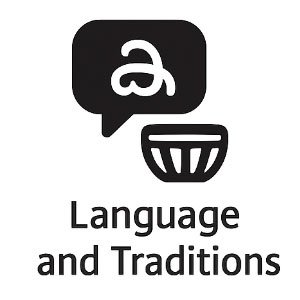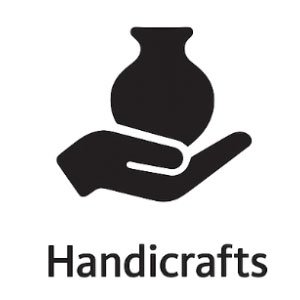

Kerala Folk Dances and Music
Kerala, often referred to as “God’s Own Country,” is a treasure trove of cultural heritage. Among the most captivating aspects of this heritage are Kerala Folk Dances and Music, which reflect the state’s rich traditions and vibrant history. Kerala Folk Dances and Music are integral to the social and religious fabric of the state, showcasing a blend of rhythmic movements, traditional costumes, and melodious tunes that have been passed down through generations. The unique characteristics and diverse styles of Kerala Folk Dances and Music make them a fascinating subject for both cultural enthusiasts and casual visitors.





Major Folk Dances
Kathakali
Overview: Kathakali is one of the most iconic folk dances of Kerala, known for its elaborate costumes, expressive gestures, and vivid makeup. This dance-drama combines dance, music, and acting to narrate stories from Hindu epics.
Key Highlights:
- Costumes and Makeup: Intricately designed attire and dramatic facial makeup.
- Storytelling: Narratives from Hindu epics like Ramayana and Mahabharata.
- Music and Instruments: Traditional instruments like Chenda and Maddalam.
- Kathakali performances are often held in temple festivals and cultural events, where artists undergo rigorous training to master the intricate gestures and expressions. The dance form’s dramatic appeal and artistic precision make it a mesmerizing spectacle.




Mohiniyattam
Mohiniyattam, also known as the dance of the enchantress, is a classical dance form performed by women. It is characterized by graceful movements and gentle swaying, accompanied by soothing music.
Key Highlights:
- Dance Style: Graceful and elegant movements.
- Costumes: Traditional white and gold attire.
- Music: Melodious Carnatic music.
- Mohiniyattam, with its fluid movements and serene expressions, narrates stories of love and devotion. The dance form’s simplicity and charm have captivated audiences for centuries, making it a prominent feature of Kerala Folk Dances and Music.




Theyyam
Theyyam is a ritualistic dance form popular in the northern parts of Kerala. It involves elaborate costumes, face painting, and theatrical performances, often dedicated to local deities.
Key Highlights:
- Ritual Significance: Performances in temples and village shrines.
- Elaborate Costumes: Colorful and intricate costumes and face paint.
- Community Involvement: Deeply rooted in local traditions and community participation.
- Theyyam performances are a fusion of dance, music, and ritual, often lasting several hours and attracting large crowds. The vibrant colors and dramatic performances make Theyyam a unique and essential part of Kerala Folk Dances and Music.




Oppana
Oppana is a traditional dance form practiced by the Muslim community in Kerala. It is commonly performed during wedding celebrations and other social gatherings.
Key Highlights:
- Dance Style: Group performance with rhythmic clapping and singing.
- Costumes: Traditional attire worn by the performers.
- Social Significance: Celebratory and joyous in nature.
- Oppana reflects the communal harmony and cultural diversity of Kerala, making it a vital aspect of Kerala Folk Dances and Music.




Traditional Music
Kerala’s traditional music, deeply intertwined with its dance forms, is diverse and melodious. Kerala Folk Dances and Music encompass a range of musical styles, from classical Carnatic music to folk songs that reflect the daily lives and emotions of the people.




Key Highlights
- Carnatic Music: A classical music form with complex rhythms and melodies.
- Folk Songs: Songs reflecting local traditions, stories, and everyday life.
- Instruments: Use of traditional instruments like Chenda, Maddalam, and Idakka.
- Traditional music in Kerala is often performed during festivals, religious ceremonies, and cultural events, enriching the experience of Kerala Folk Dances and Music.
Festivals and Performances
Kerala Folk Dances and Music are showcased during various festivals and cultural events throughout the year. These performances are not only a form of entertainment but also a means of preserving and promoting the rich cultural heritage of the state.




Key Highlights
- Onam: Grand celebrations featuring dance and music performances.
- Temple Festivals: Ritualistic dances and music in temple premises.
- Cultural Festivals: Events like the Kerala State School Arts Festival highlight local talents.
- These festivals and events provide a platform for artists to perform and keep the traditions of Kerala Folk Dances and Music alive.
Conclusion
Kerala Folk Dances and Music are a testament to the state’s rich cultural tapestry. They offer a fascinating glimpse into the traditions, beliefs, and artistic expressions of Kerala. Embracing Kerala Folk Dances and Music is a journey into the heart of the state’s vibrant cultural heritage







